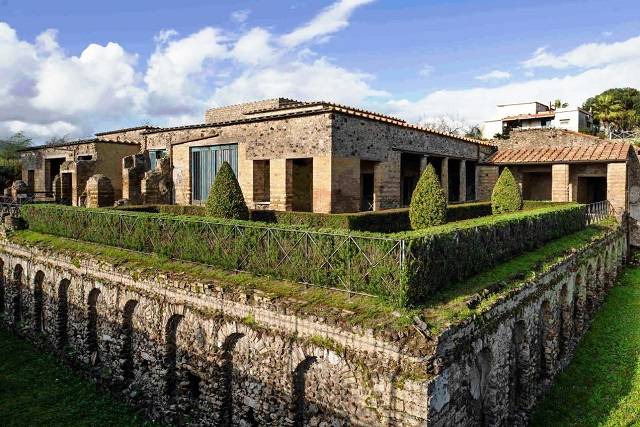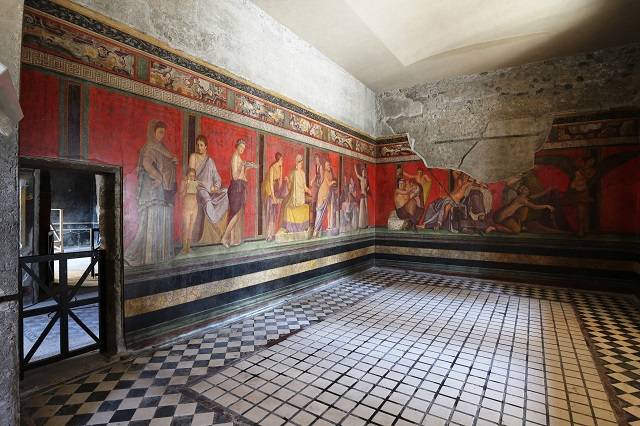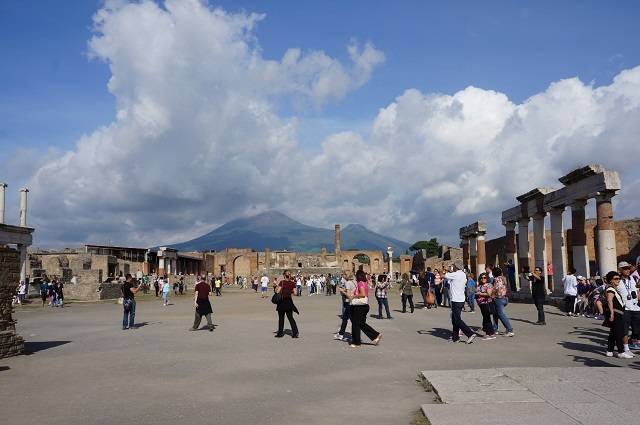More than 3 million people visit each year the Pompeii excavation sites, part of the UNESCO World Heritage site since 1997. It is a real blast from the past that allows you to discover the habits and customs of life in Roman times.
The excavation of the ruins of Pompeii, which began in 1748, under the reign of Charles of Bourbon, King of the Two Sicilies, with the intent of giving prestige to the Royal household, and has continued to this day, has yielded the remains of the ancient city of Pompeii, at the foothills of Civita, on the outskirts of modern Pompeii. Ancient Pompeii, along with Herculaneum, Stabiae and Oplontis, were buried under a layer of ash and lapilli during the eruption of Vesuvius in 79. This is precisely why these areas have remained intact over the years.

The cover of ash kept the infrastructures, frescoes, etc. in almost perfect condition. The large quantity of artifacts discovered was useful to understand the customs, habits and the art of the period. In different sites, you can visit villas (like the Imperial Villa), public buildings, houses, cultural buildings (for example the amphitheater of Pompeii) and temples.

During that period, agriculture and vine cultivation were among the primary and most important activities. In the villas (which always had an area dedicated to agricultural activities), there were often vineyards and facilities dedicated to the processing of the grapes into wine. An interesting initiative of the Soprintendenza Acheologica plans to restore the original winemaking, keeping the location of the vineyards and the traditional winemaking techniques. That’s how, between 1996 and 2000, 5 vineyards were born in the archaeological area. Over fifteen years, this project has led to the production of Villa dei Misteri, a prized red wine.
But a question arises, how was the wine of more than two thousand years, and above all, sampled inside the splendid villas?
There is not only the archaeological site of Pompeii in Campania. Indeed, you will also find some in Paestum, the Campi Flegreiarcheological parks and those on the Island of Capri. In short, a journey that allows you to discover many historical sites, full of culture.

